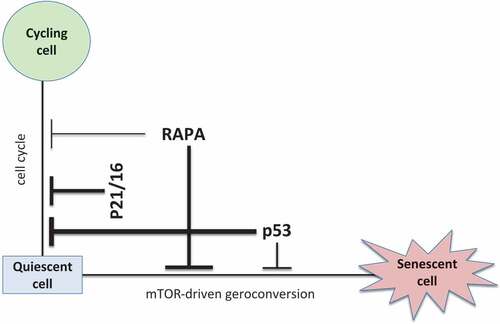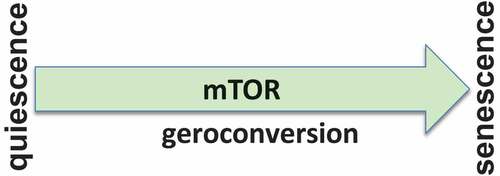Figures & data
Figure 2. Two dimensional model: arrest vs mTOR activity.
There are two types of cell cycle arrest in vitro. The first type is quiescence (G0 arrest) caused by serum/nutrient starvation or by contact inhibition. Quiescence is associated with deactivated mTOR and ERK/MAPK pathways and low levels of all cyclins. Cells do not proliferate and do not grow in size. This type of arrest is easily reversible by re-addition of serum or by re-plating the cells at a low density. The second type is arrest caused by p21 or p16 in the presence of activated mTOR and ERK/MAPK, which drives geroconversion to senescence.
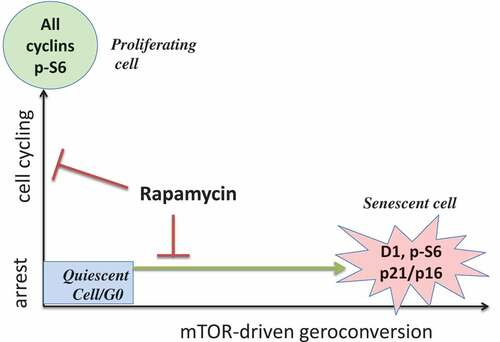
Figure 3. Senescent cells.
The conflicting signal model (cell cycle arrest plus mTOR-dependent growth stimulation) predicts the markers of senescence. Senescent cells are hyperfunctional, exhibiting a hypersecretory phenotype (or SASP), lysosomal hyperactivation (or β-Gal staining), high levels of cyclin D1, increased ROS production, pseudo-DNA-damage response, lipid accumulation, aerobic glycolysis and cellular hypertrophy (a large flat morphology). See text.
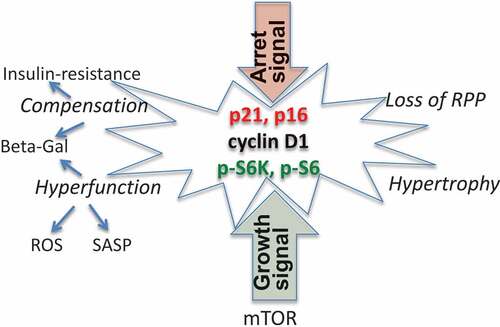
Figure 4. Characteristics of the main nonproliferative conditions.
Proliferation is shown for comparison. Cells are positive for cyclins and activated mTOR (phospho-S6/S6K/4EBP1). Four types of arrest are characterized by high (+) or moderate (±) β-Gal staining. Excluding senescence, the three other types of arrest are reversible (RPP+) under the indicated conditions. Contact inhibition (quiescence) is characterized by high p27 levels, small cell size, deactivated mTOR, and low cyclin levels; arrest is reversible by splitting cell cultures. Serum starvation (quiescence) is characterized by low levels of all molecular markers and small cell size. Senescence, in contrast, is characterized by super-induction of cyclin D1, high p21 or p16, activated mTOR pathway, large cells, and irreversibility. Rapamycin deactivates mTOR, decreasing cell size and rendering the condition reversible.
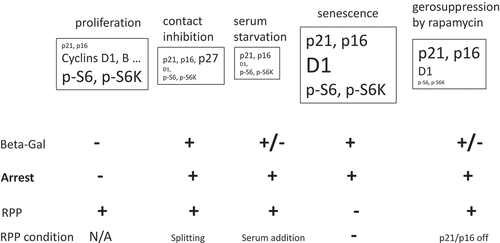
Figure 5. Paradoxical effects of p53 and rapamycin.
Senescence is cell cycle arrest plus mTOR-driven geroconversion. p21 and p16 cause cell cycle arrest without affecting mTOR, which then drives accelerated senescence. p53 causes cell cycle arrest and can moderately inhibit mTOR in a cell type-specific matter. By inhibiting mTOR, p53 suppresses geroconversion and maintains quiescence. When p53 does not inhibit mTOR, it causes senescence. mTOR inhibitors like rapamycin strongly inhibit mTOR and maintain quiescence in cells arrested by p21 or p16. However, rapamycin inhibits cell cycling in some cell types. If rapamycin-induced cell cycle arrest occurs, geroconversion to senescence may also occur (see text).
